The Nepal Health Research Council (NHRC) organized the 11th National Summit of Health and Population Scientists in Nepal from April 10 to 12, 2025. The theme for this summit was “Health, Climate, and Population Dynamics: Building Resilient Health Systems for a Sustainable and Equitable Future.” This year’s summit aimed to advance research and foster innovation in building resilient health systems that effectively respond to the evolving challenges at the intersection of climate, population, and health threats. A further objective was to promote sustainability and equity in health system strengthening, ensuring a forward-thinking approach to addressing global health challenges for a healthier and more sustainable future.
During the summit, the HERD International team gave ten oral and nine poster presentations on different themes, highlighting the latest research findings, innovative interventions, and best practices in health research. Full footage from the oral presentations and copies of the posters can be seen below:
Oral Presentations
Digital literacy and influencing factors of digital technology use among auxiliary nurse midwives in Nepal
Digital literacy among healthcare providers is crucial in countries like Nepal for successful integration of technology to improve patient access, preventive services, and overall quality of care. It bridges healthcare gaps by extending services to remote areas with limited health workers in primary health facilities. Sulata Karki presented findings from a cross-sectional study that aimed to assess digital literacy and factors associated with the use of digital technology among auxiliary nurse midwives (ANMs) in Nepal. 172 ANMs in primary healthcare facilities were surveyed virtually, and using multivariate linear regression analyses, researchers explored the relationships among sociodemographic variables and other factors affecting the uptake of digital technology in health, with composite scores for frequency of use, skills, and confidence.
The study found This that critical factors such as age, education, marital status, attitudes, social influence, facilitating conditions, and anxiety shape ANMs’ use of digital health technologies. It highlighted that consistent use and skill development are essential for building confidence and enhancing performance. Empowering health providers through tailored interventions and training will help them leverage technology more effectively, ultimately driving better health outcomes.
Road Traffic Accident Mortality in Nepal
More than a million people die each year worldwide in road traffic accidents, making it a leading cause of death among young people. However, many of these deaths are preventable by reducing accidents and injuries. Bishnu Dulal presented a study on road traffic accident (RTA) deaths, highlighting variations across administrative levels to guide priority interventions for risk reduction. The study analyzed data from Nepal’s 2021 Population and Housing Census and calculated the RTA mortality rate per 100,000 population, stratified by ecological belt, province, district, and local levels. A Poisson regression model was used to examine the association between RTA mortality and province, local level, ecological zone, and the proportion of the poorest wealth quintile.
The findings showed that age is positively associated with RTA mortality, indicating higher risks among adult individuals. Significant disparities in RTA mortality exist across Nepal, with higher risks in rural areas, poorer communities, as well as male and adult populations. Addressing these disparities through policy-driven, region-specific strategies can help reduce preventable deaths and improve road safety nationwide.
Suicide Prevalence in Nepal: Evidence from the 2022 Census
Suicidal behaviour is a significant global public health concern, claiming 726,000 lives annually, with many more attempts. Suicide impacts all age groups and was the third leading cause of death among 15–29-year-olds globally in 2021. Notably, nearly 73% of suicides occur in low- and middle-income countries. Nepal has also witnessed a rising suicide burden, recording 7,221 suicide deaths in the fiscal year 2023/24. Dogendra Tumsa shared findings from a study utilizing data from the Nepal Population and Housing Census 2021 to analyze the prevalence of suicide cases in Nepal. Descriptive analysis was conducted to identify suicide rates across provinces, ecological regions, districts, and local administrative units, gender and the area of settlement.
The national suicide prevalence rate was approximately 1.8 per million people, averaging 14.4 suicides per day. Suicide remains a critical public health issue in Nepal, with notable regional disparities. Higher suicide rates in certain provinces and rural municipalities highlight the need for targeted mental health interventions and policy responses. Understanding these geographic variations can inform suicide prevention strategies and resource allocation in Nepal.
Mapping Nepal’s Infectious Disease Surveillance: Systems, Stakeholders, and Challenges
Infectious disease surveillance is vital for early detection, rapid response, and outbreak containment. Nepal’s geographical diversity, socio-economic disparities, and open borders present distinct public health challenges, requiring a well-integrated surveillance system. While multiple surveillance systems have been implemented, evidence on their functionality, particularly regarding stakeholder engagement, remains limited. Aavashana Dahal presented a study of key surveillance systems and stakeholders, outlining their roles within the existing framework through a systematic review of national policies, national and international guidelines, surveillance frameworks, and programmatic reports. .
Findings revealed that Nepal has adopted a combination of event-based and indicator-based surveillance systems, each led by different government entities. Hospitals, laboratories, rapid response teams (RRTs), and local governments play critical roles in detection, reporting, and response. Federal and provincial government plays important role in analysis, response, and policy development. This study highlighted the need for a unified approach to surveillance, leveraging existing systems and stakeholder networks to enhance early detection, response, and resource allocation, contributing to improved public health outcomes in Nepal.
People’s voice survey in Nepal: Service users’ satisfaction and trust in the health system
Trust in health systems is critical factor impacting service utilization and adherence to medications or treatment. In many Low- and Middle-Income Countries, governments lack comprehensive data on people’s health system interactions. HERD International conducted a People’s Voice Survey (PVS) in Nepal to evaluate service users’ satisfaction and trust in the health system, identify gaps in service delivery, and understand user experiences.
Bipul Lamichhane presented the study, which employed a mixed-methods approach, incorporating qualitative cognitive interviews and a quantitative cross-sectional survey. Cognitive interviews were conducted with 10 purposively selected diverse participants to validate the survey instrument and ensure cultural and contextual relevance. Quantitative cross-sectional survey was conducted among 2010 respondents via mobile phone, targeting a representative sample of the Nepalese population. The survey gathered information on service utilization patterns, coverage of healthcare services, perceptions of health system quality (such as user experience and perceived competence of care), and overall trust in the health system. PVS provided valuable insights into public perceptions of Nepal’s health system using a large representative sample. The study highlighted the importance of enhancing service quality, reducing healthcare costs, and improving accessibility to healthcare.
Population confidence in the health system: Results from a nationally representative phone-based survey
In Low- and Middle-Income Countries, healthcare systems serve as primary interface between the public and the government. The Lancet Global Health Commission on high-quality health systems highlights confidence as a key outcome. Public trust enhances healthcare utilization and treatment adherence, while also fostering social cohesion and stability. Parash Mani Sapkota shared findings from a population representative survey evaluating confidence in the health system from the public’s perspective in Nepal. A quantitative cross-sectional study was conducted among 2010 respondents using a phone-based survey, and a binary logistic regression examined the relationship between confidence and health system quality and responsiveness.
Confidence in Nepal’s health system remains uneven, highlighting socioeconomic and generational disparities. Only a quarter of respondents endorsed their current health system, deeming it to work well with no need for major reform. Less wealthy individuals, as well as young and educated respondents, were less likely to show confidence in health security and suggesting growing skepticism about the system’s ability to meet evolving expectations. Strengthening public confidence in Nepal’s health system requires targeted interventions addressing both access and quality of care.
Urban Health and Equity in Nepal: Analyzing Social Determinants, Disease Prevalence, and Health Outcomes
Sitashma Mainali presented the findings from a study examining urban health and equity in Nepal. The study used secondary data from theNepal Demographic Health Survey (NDHS) for maternal and child health; the Population Census for sociodemographic and mortality data; the Nepal Living Standards Survey (NLSS) for social determinants and disease prevalence; and the STEP Survey for non-communicable diseases (NCDs) and risk behaviors. Bivariate analysis was conducted between Social Determinants, Disease Prevalence, and Health Outcomes among rural and urban areas.
The study found that urban areas had better socioeconomic status, access to healthcare and education, improved maternal and child health. Rural regions face limited healthcare access, longer travel times, higher rates of infectious diseases, malnutrition and higher suicide rates and urban areas had highest mortality of non-communicable and communicable diseases.
Co-Designing Urban Health Data Hub: A Multi-Phase Approach for Digital Transformation in an Urban Municipality of Nepal
Urbanization in Nepal has led to significant health challenges, exacerbated by rapid population growth and environmental issues persist. In addition to this, the lack of quality, up-to-date data limits effective decision-making for urban health. Dr. Sampurna Kakchapati presented on an implementation study part of the CHORUS project in Nepal that employed a comprehensive review of urban health data in Nepal through secondary data analysis and a document review to identify data gaps. After compilation and analyzing the data from various sources, including a census, household survey, and public health facility assessment, the project will develop and implement centralized Urban Health Data Hub through a co-design approach with municipal officials.
The project will develop an Urban Health Data Hub that will centralize real-time and forecasted health data, improving accessibility, accountability, and decision-making for municipal health interventions. A co-design approach will foster municipal ownership, ensuring the sustainability and long-term impact of the data hub on urban health interventions. The project anticipates the Urban Data Hub will be a vital tool for facilitating evidence-based urban health planning and governance.
The influence of news media on health policy making in Nepal: Insights from journalists and policymakers
News media play a vital role in framing public issues, setting agendas, and influencing audience opinions and policies. While media are growing in numbers, there are insufficient scientific evidence on weather media influence health policy, program decisions and intervention in Nepal. Shreeman Sharma shared the findings of a cross-sectional mixed-method study that involved journalists reporting on health issues from all seven provinces of Nepal and federal level health policymakers as respondents.
The study found that government reports and expert interviews were the most common source of evidence for health news reporting, while scientific research papers were less frequently used. Media was found to have a notable impact on health policy decisions particularly in areas such as tobacco control, malaria outbreaks and contributed to corrective actions in governance issues. Policy makers recognized media as one of major sources of information to shape their opinion and highlighted need for being cautious about possible misinformation in the news stories. These findings highlight the importance of credible information and collaboration between journalists and policy makers to maximizing uptake of news information in the health policy decisions and actions.
Poster Presentations
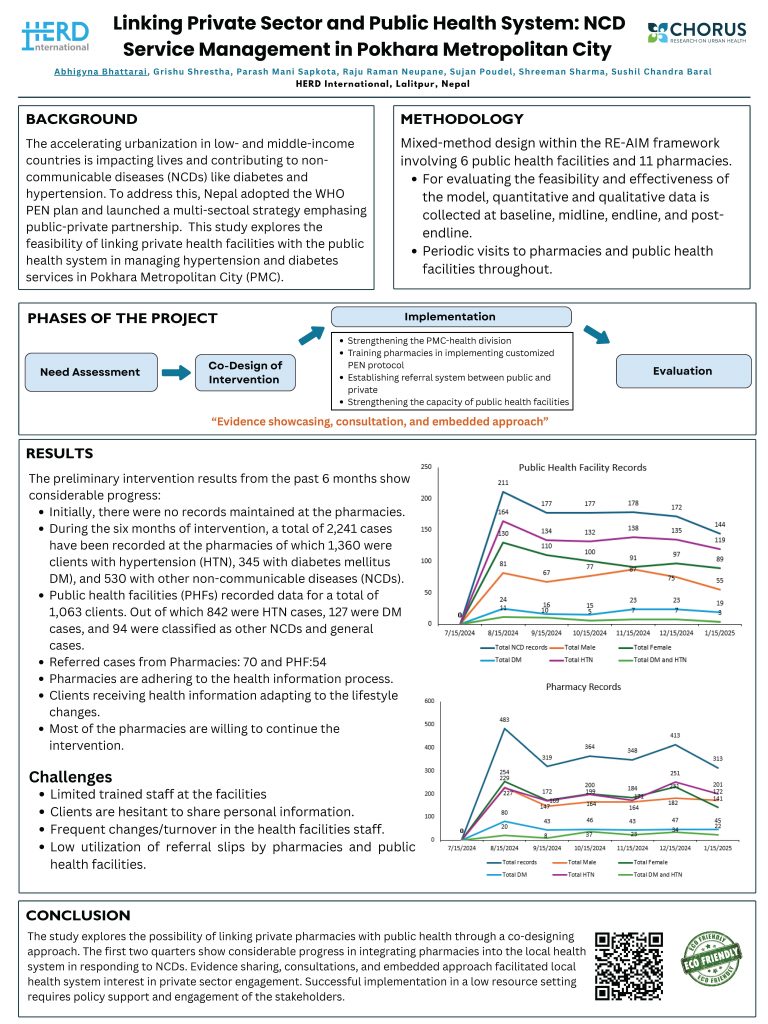

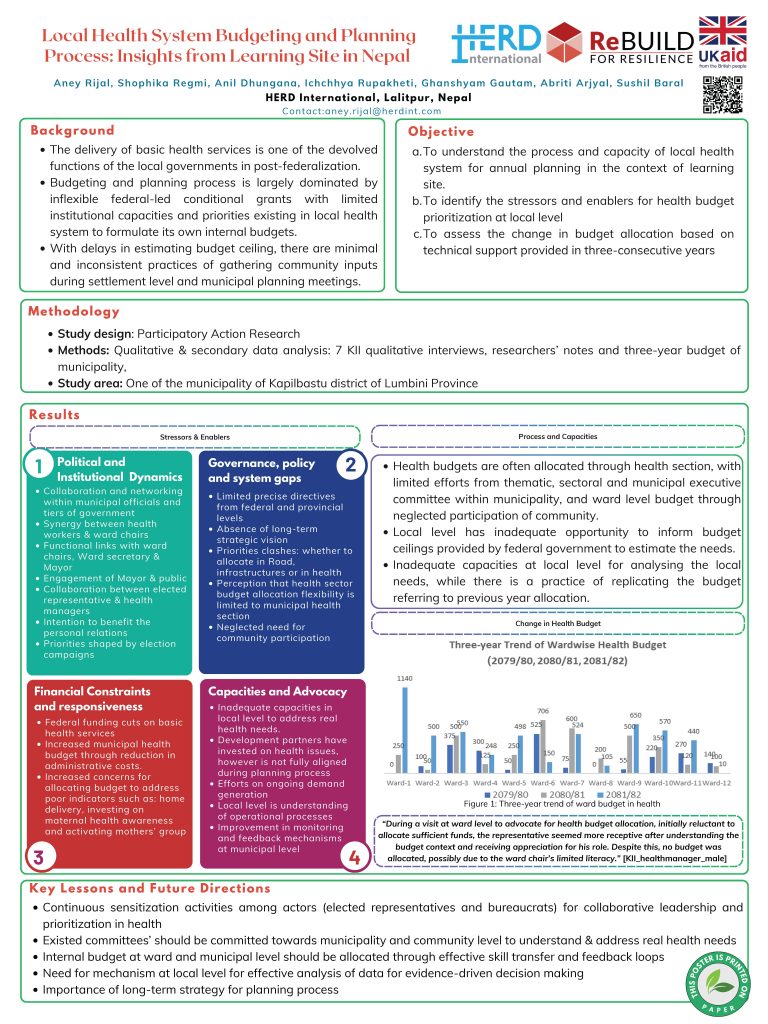
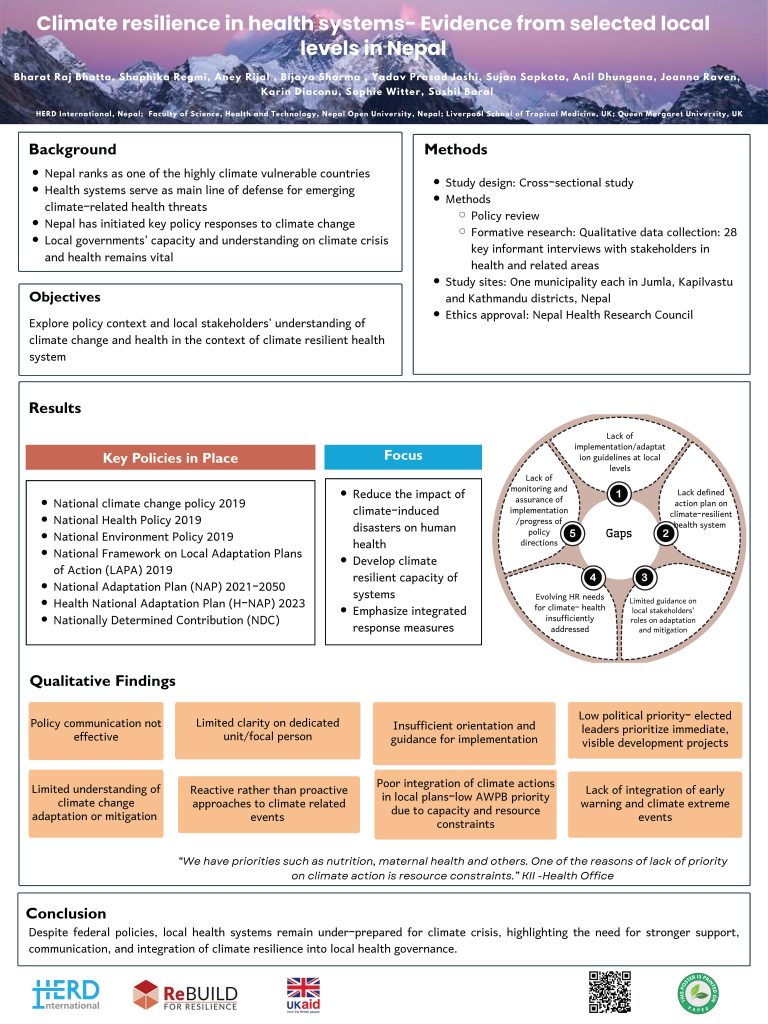
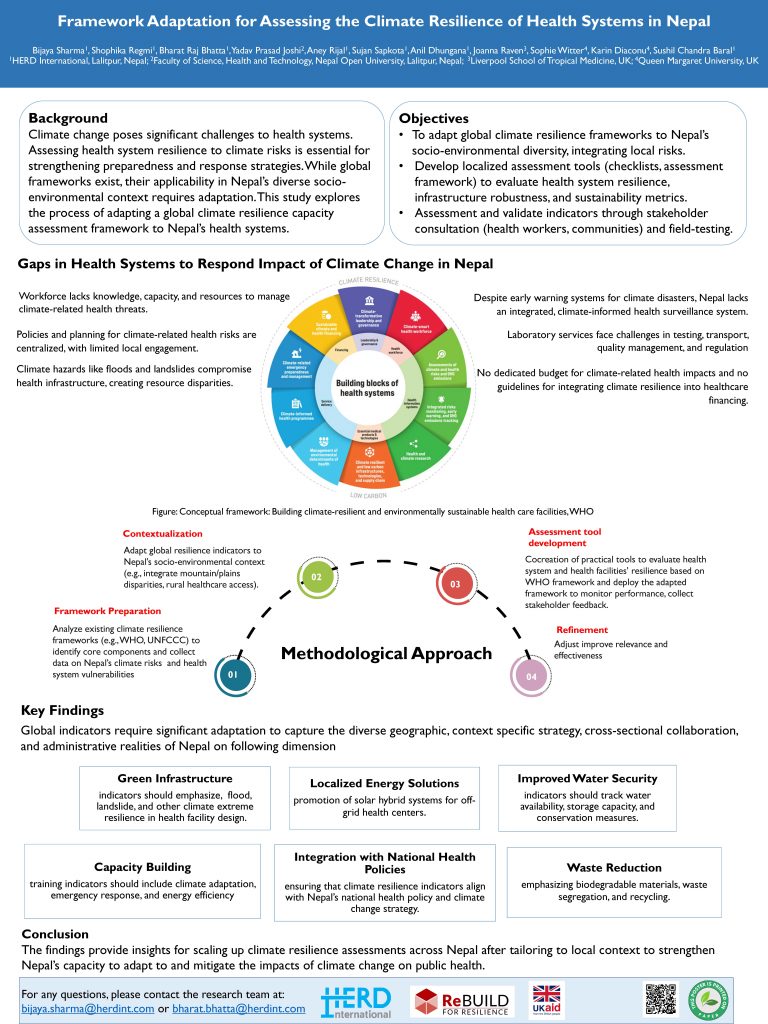
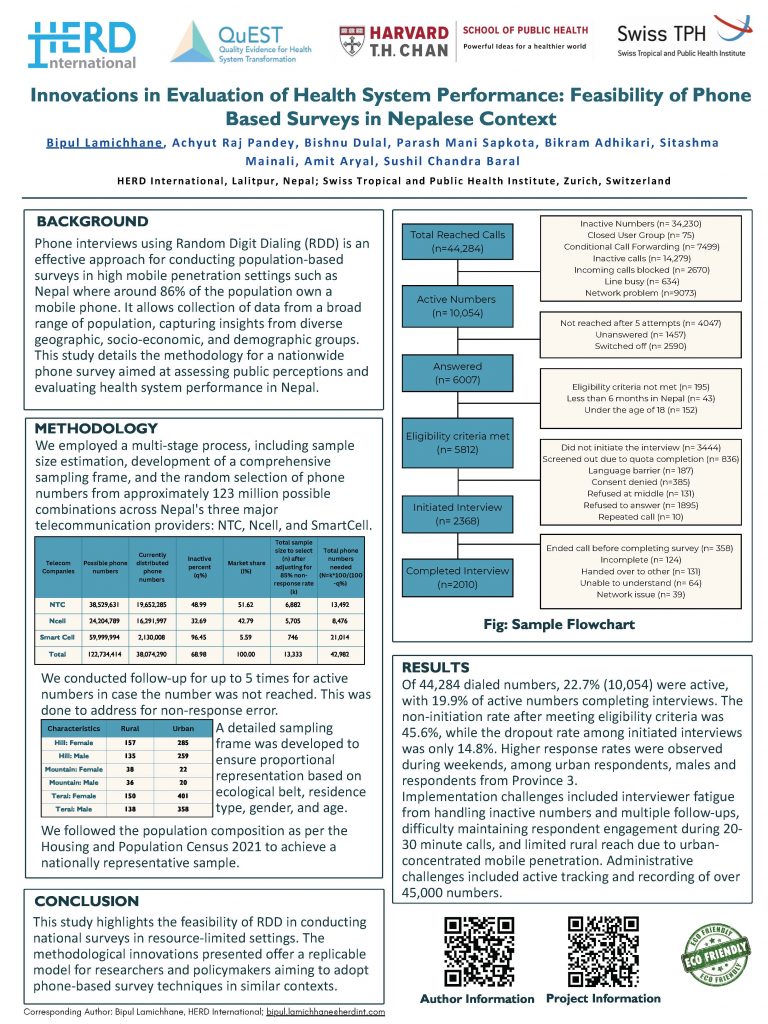
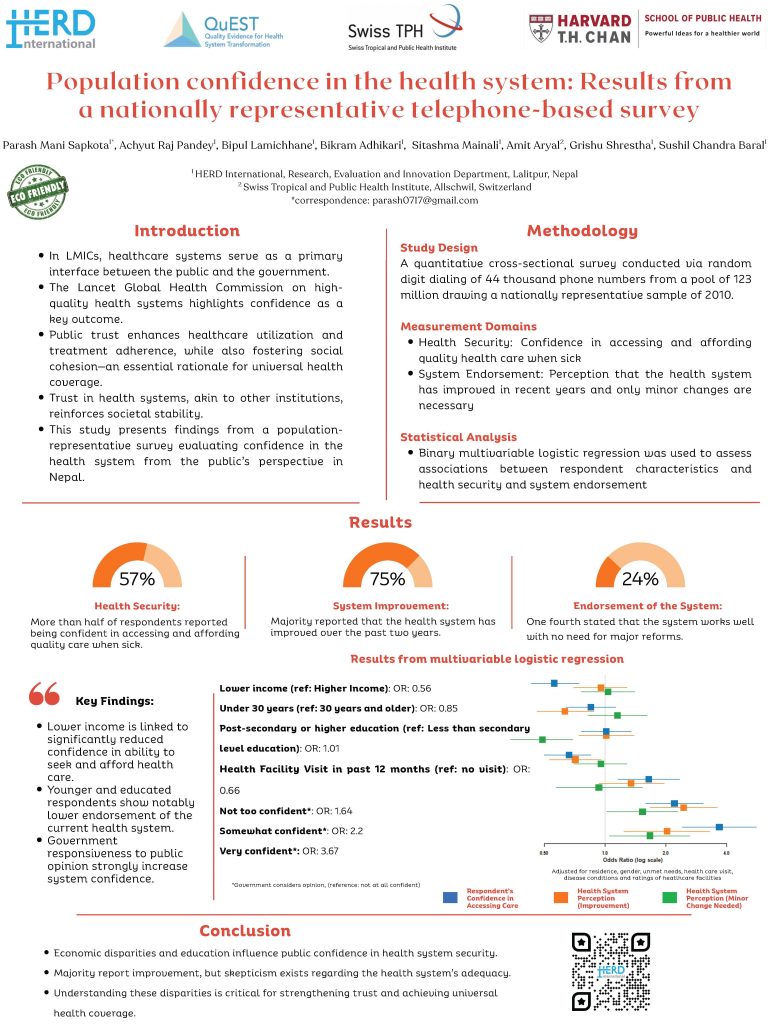
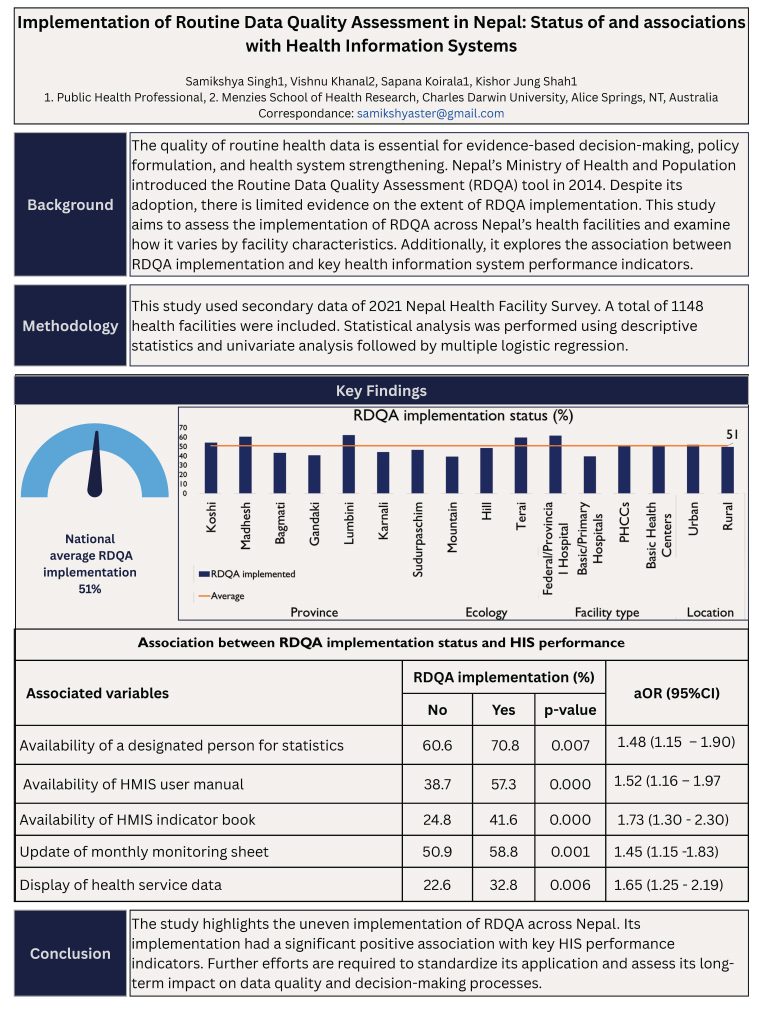
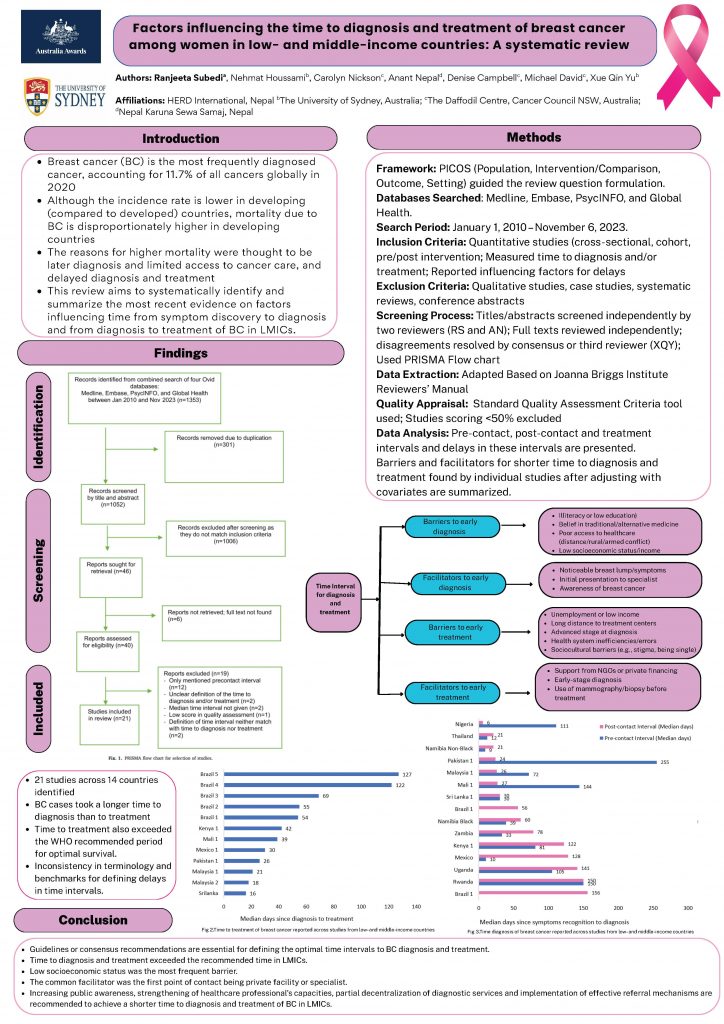
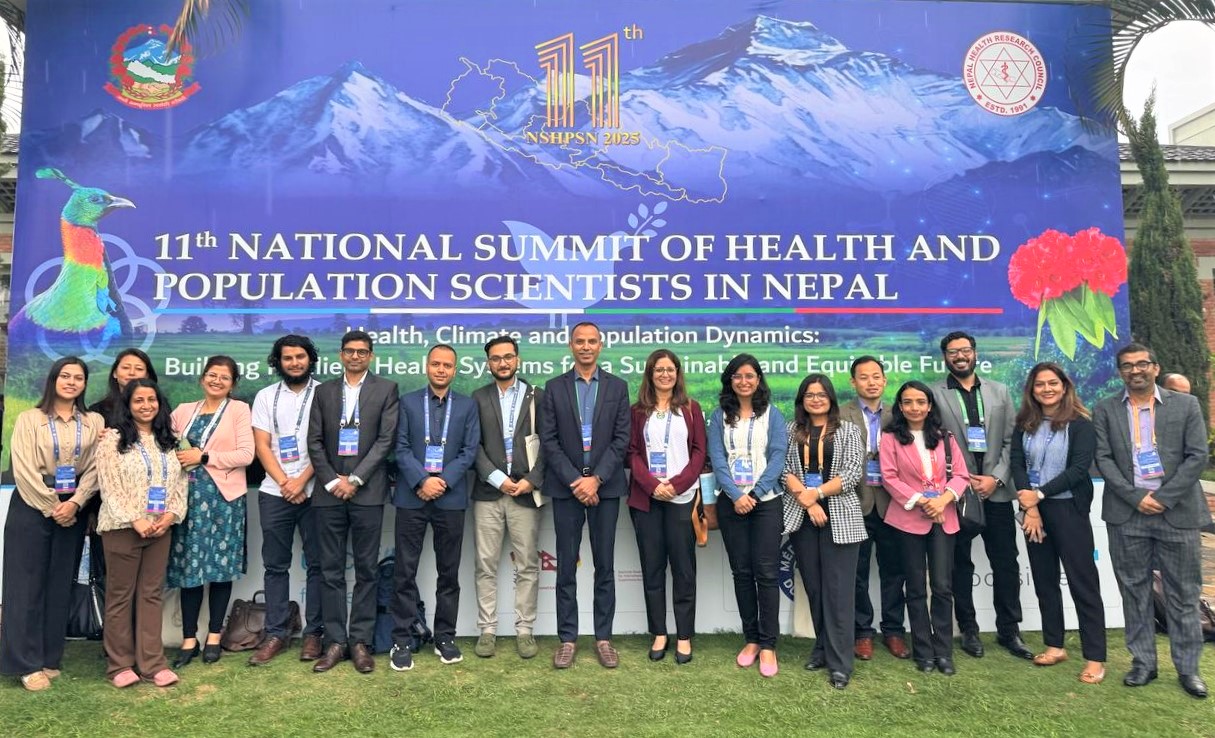











Comments (0)
No comments found.